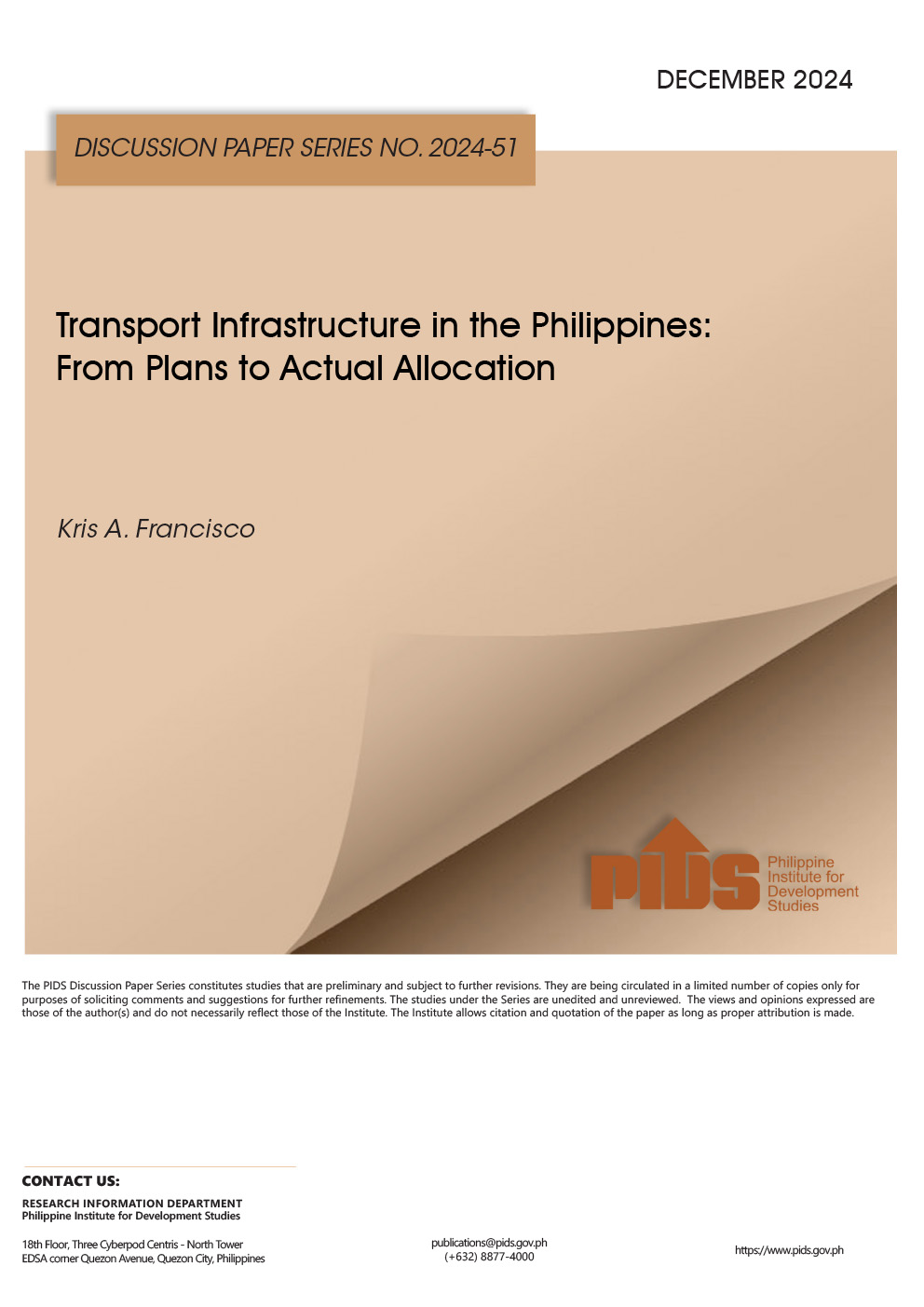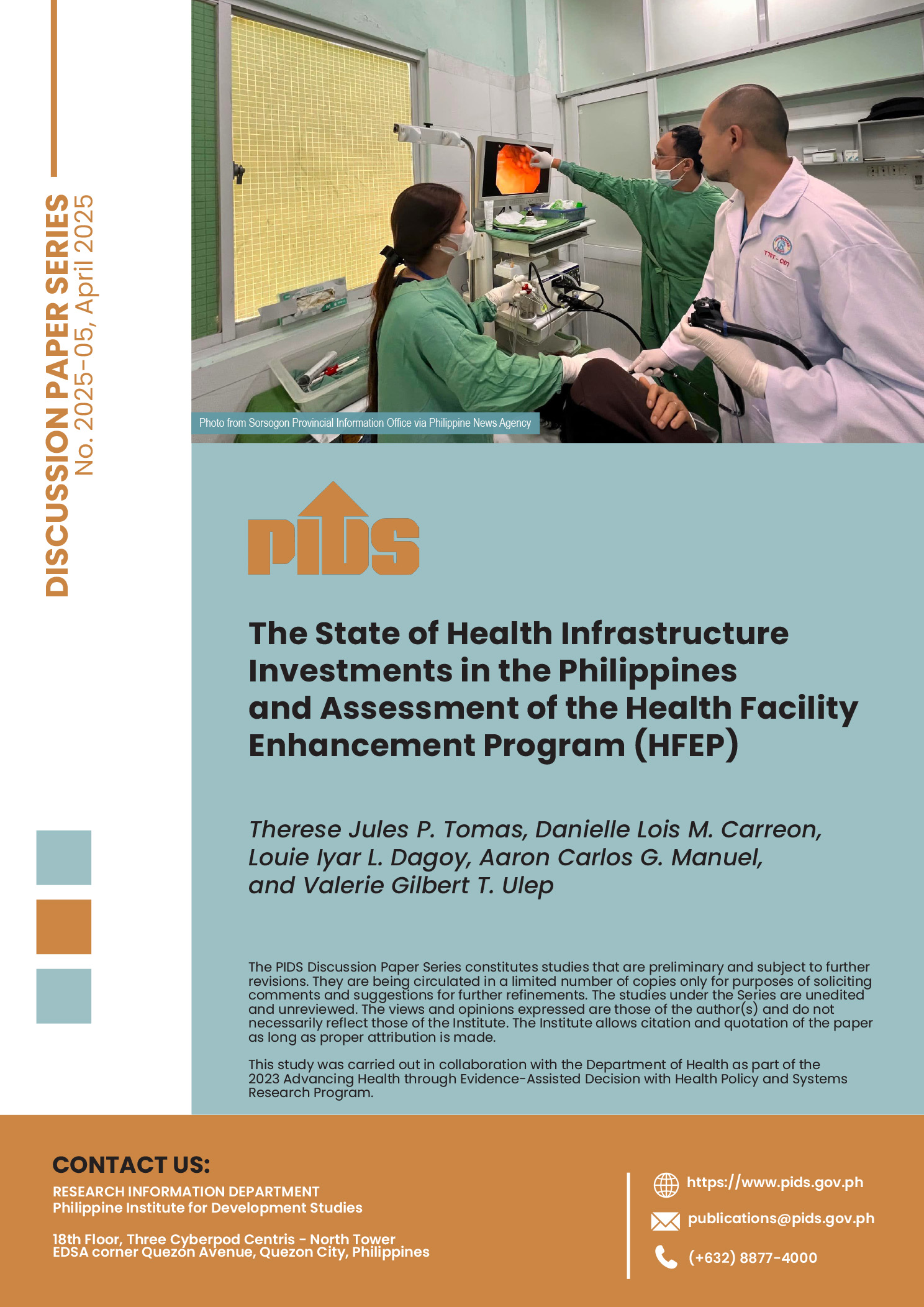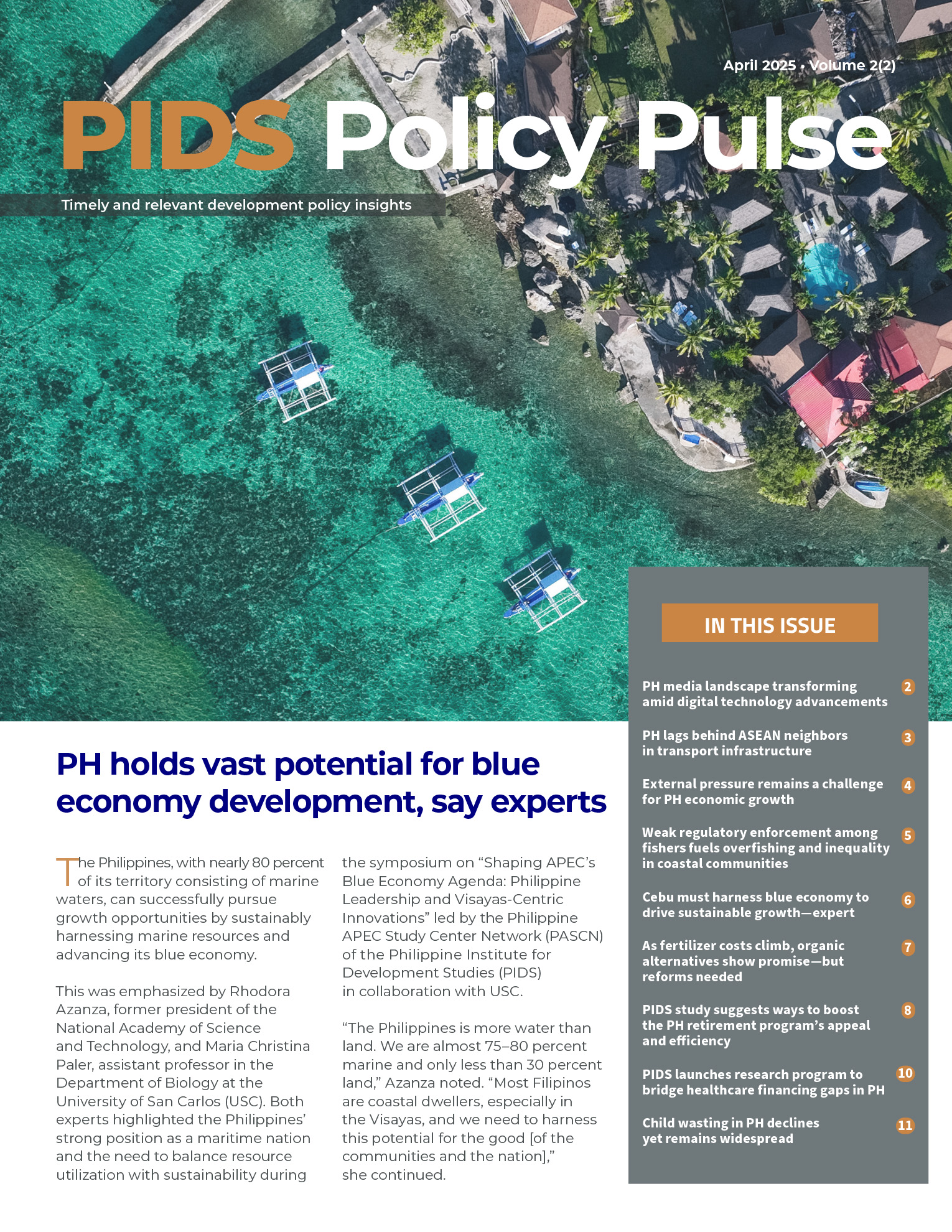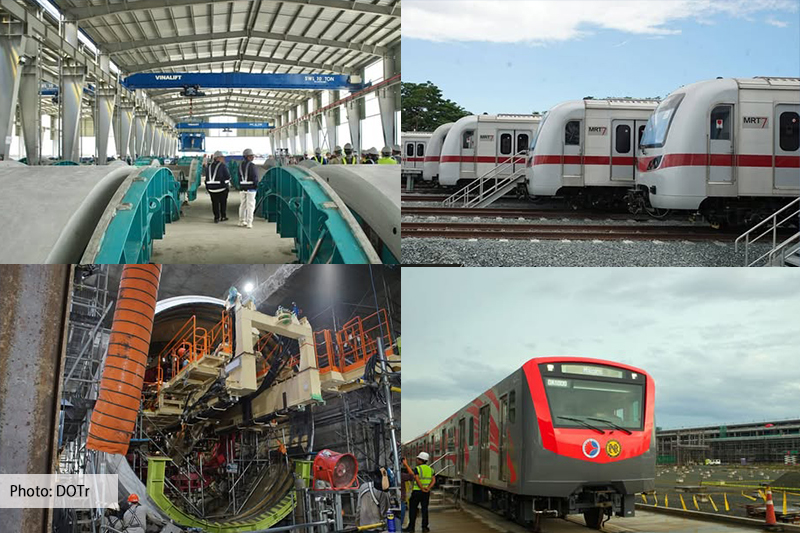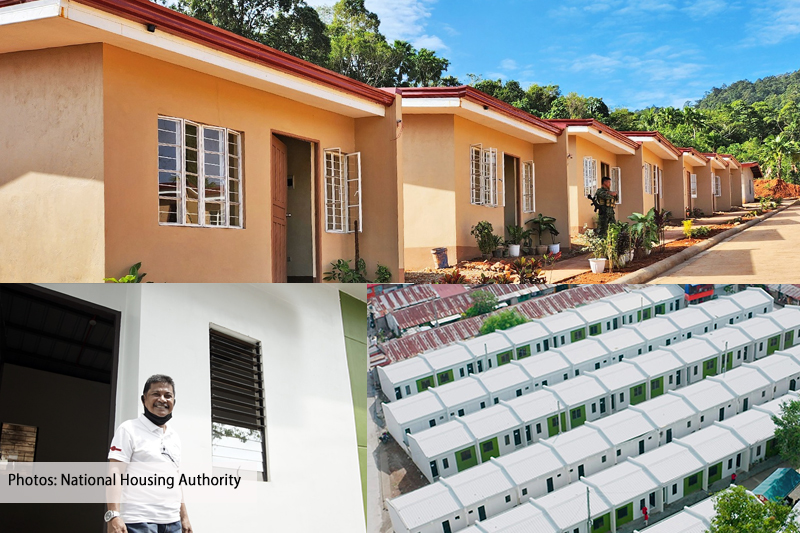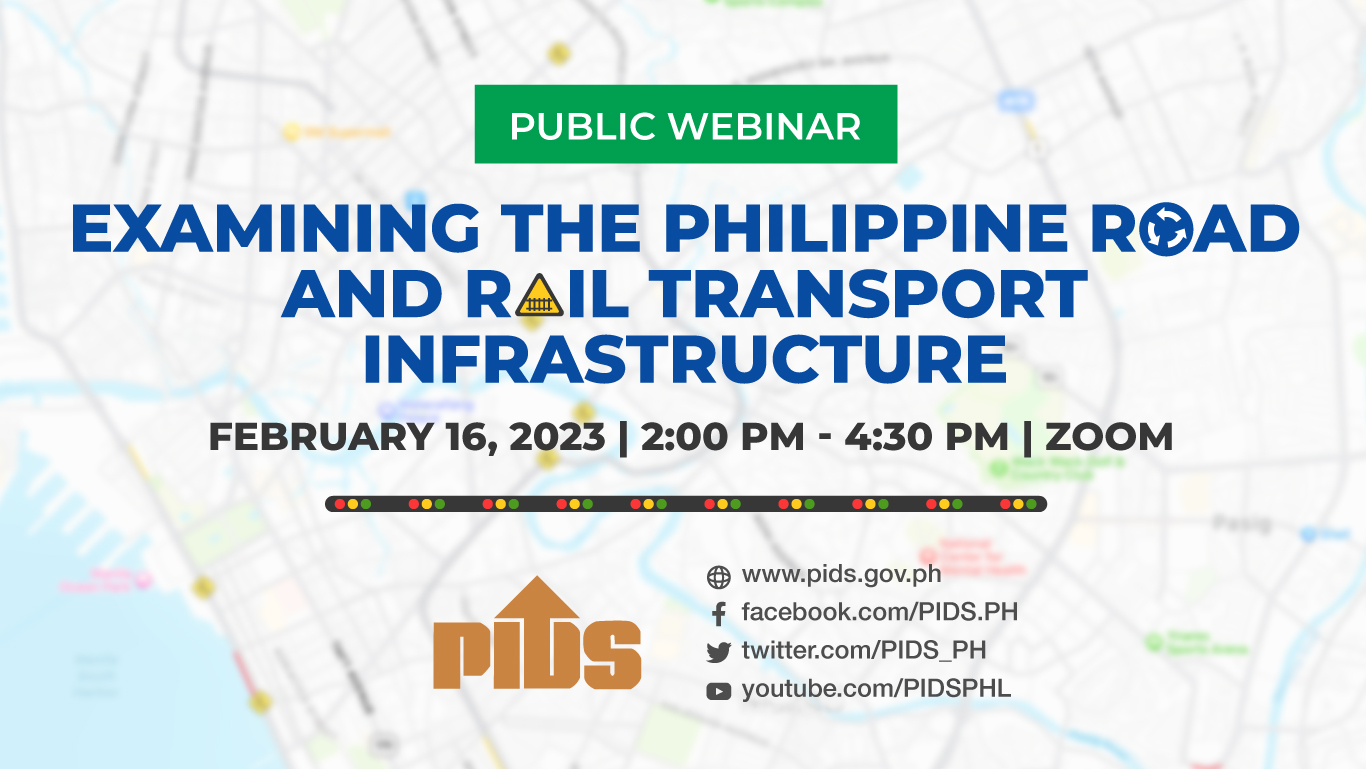This study assesses the sources and levels of infrastructure financing in the Philippines for the last five years (2008-2012). The mapping of fiscal resources showed that there had been underinvestment in infrastructure. To illustrate, in 2008-2012, public infrastructure spending as a share of GDP ranged between a low of 1.40 percent to a high of 2.09 percent--a far cry from the target 5 percent of GDP over the medium term. The result of many years of infrastructure underinvestment is woefully manifested in the Philippines` place in quality-of-infrastructure ranking among ASEAN member-states; it is currently second to the bottom.
Recently, there had been significant improvements in the government`s fiscal position that augur well for more substantial infrastructure spending in the future. New regional sources of financing, the liquid domestic capital market, and a low interest-rate environment also present opportunities for investing in infrastructure by both the government and the private sector. However, it is not only the constrained availability of financial resources that could restrain infrastructure investments but also institutional weaknesses and, therefore, the government must firmly commit to reform policies and strengthen institutions.
Citations
This publication has been cited 5 times
- Horbulyk, Ted andJoseph P. G. Price. 2018. . IWMI Working Papers H048609. International Water Management Institute.
- International Monetary Fund. 2015. . IMF Staff Country Reports 2015/247. International Monetary Fund.
- Llanto, Gilberto. 2016. . Asian Economic Policy Review, 11, No. 2, 243-261 . Japan Center for Economic Research.
- Navarro, Adoracion. 2015. . Discussion Papers DP 2015-15. Philippine Institute for Development Studies.
- Patalinghug, Epictetus E.. 2015. . Discussion Papers DP 2015-14. Philippine Institute for Development Studies.


